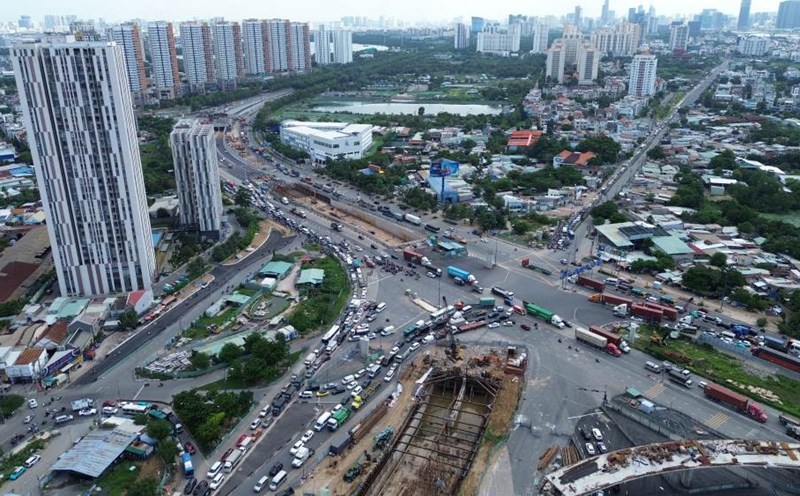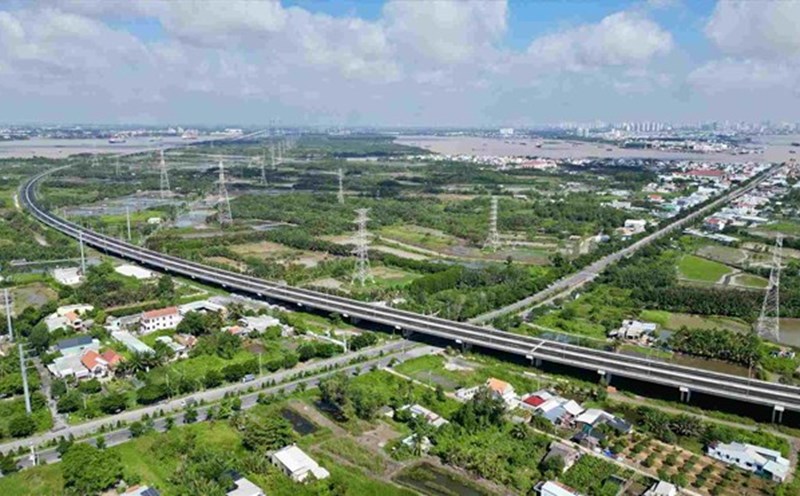Nguyen Khoi Bridge and Road
The Nguyen Khoi bridge and road project has an investment capital of more than VND 3,700 billion, nearly 5 km long (2.5 km of bridge, 2.3 km of road). The route starts from D1 Street (old District 7), crosses Te Canal - Ben Nghe Canal, connects directly to Vo Van Kiet Avenue (old District 1).
In addition to the main axis, the project also has a branch connecting Tran Xuan Soan, Ton That Thuyet and Vo Van Kiet.
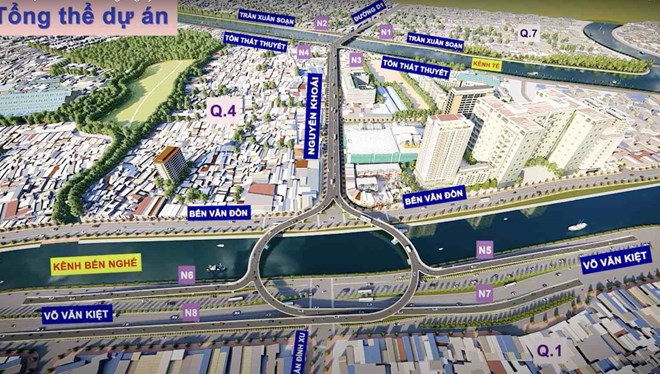
The project is expected to start construction in October 2025 and be completed in 2027. This is the most anticipated project thanks to its role in directly connecting the center with the South.
Can Gio Bridge - replace Binh Khanh ferry
Can Gio Bridge is 7.3 km long, designed with 6 lanes (4 car lanes, 2 rudimentary lanes), speed 60 km/h. The cable-stayed bridge has two towers, the clearance of the boat is 55 m. The total investment capital is about 10,569 billion VND, under the BOT form.
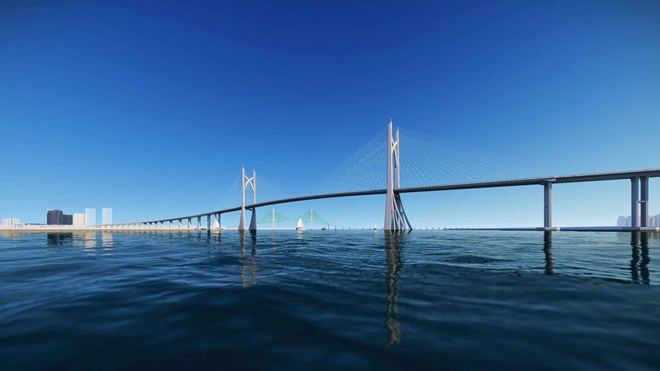
The project will replace Binh Khanh ferry, significantly shortening travel time between the city center and Can Gio, and at the same time play an important role for two major projects: the 2,870-hectare coastal urban tourism area and Can Gio International Transit Port.
The bridge is expected to be approved in 2025, started in 2026, and completed in 2028.
Binh Tien Bridge and Road
The Binh Tien road bridge is 3.66 km long, of which 3.1 km is an elevated overpass with 4 - 6 lanes, starting from Pham Van Chi (old District 6), crossing Tau Hu Canal, Doi Canal, connecting to Nguyen Van Linh (old Binh Chanh). Below is a parallel road with 2 - 6 lanes.
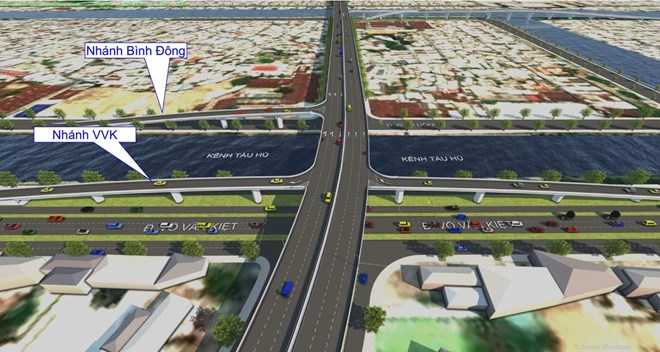
The total capital is nearly 6,300 billion VND, using about 22.5 hectares of land. The project is expected to be submitted to the feasibility study in the third quarter of 2025, started in 2026, and completed in 2028.
The project will create a central traffic axis connecting the South Saigon and Hiep Phuoc, while connecting Ring Roads 2, 3, 4, increasing the ability to connect the region with the Mekong Delta.
Ben Luc - Long Thanh Expressway Intersection with Rung Sac Road
The project has an investment capital of nearly 3,000 billion VND, forming a different-level intersection, combined with a 50 m radius central roundabout. On the expressway, an additional unit will be built to reach 8 lanes, at a speed of 100 km/h.
Rung Sac Road is arranged with 2 double-way underpasses, prioritizing traffic to Can Gio Bridge.
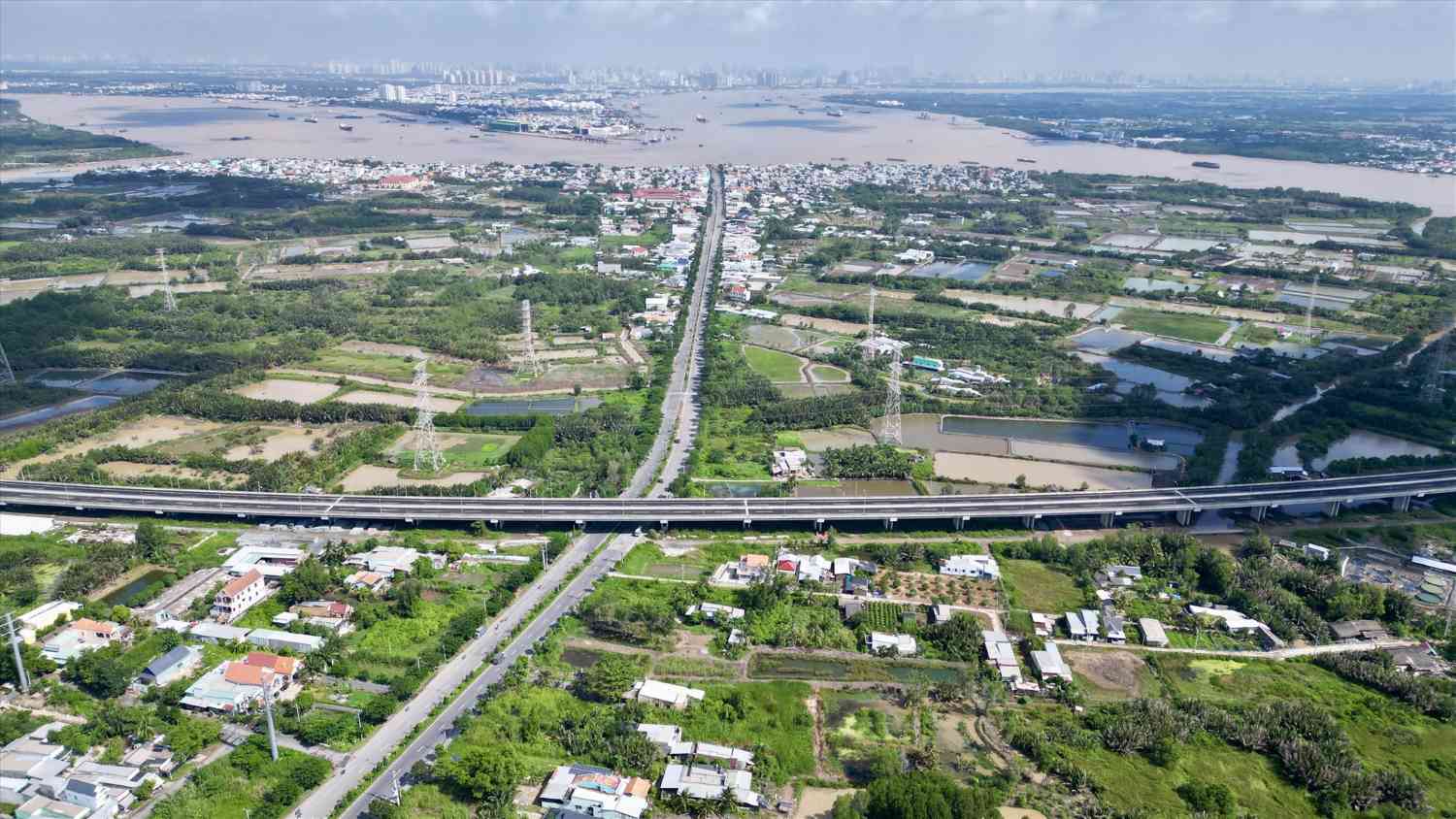
The project is expected to start construction in the second quarter of 2026 and be completed in the first quarter of 2028, helping to effectively connect the South with the Ben Luc - Long Thanh Expressway.
Upgrading the North - South axis (Nguyen Huu Tho)
The 8.6 km long route from Nguyen Van Linh to Ben Luc - Long Thanh Expressway will be expanded to 60 m, including 10 lanes.
Of which, 7.2 km of elevated road with 4 lanes, speed 80 km/h; below there are 2 parallel routes with 3 lanes on each side, speed 60 km/h.
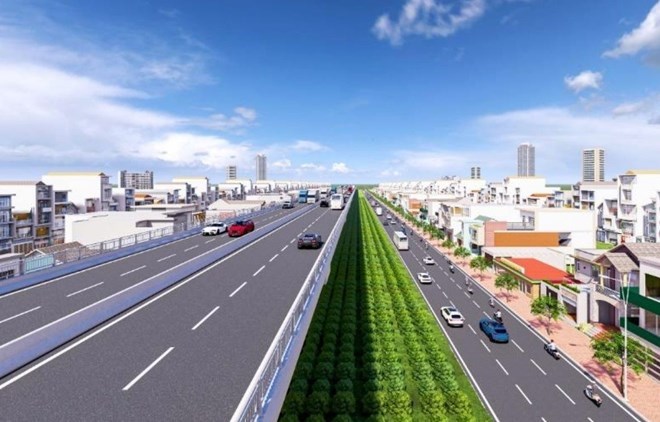
The route also has two important intersections at Nguyen Van Linh Street and Ben Luc - Long Thanh Expressway to increase connectivity.
The total investment is about VND 9,894 billion, under the BOT form. The project is expected to start construction in 2026 and be completed in 2028.
Ho Chi Minh City - Can Gio Metro
The elevated metro line from District 7 (old) to Can Gio has a total capital of more than VND 76,000 billion (US$2.93 billion).
The route starts from Nguyen Van Linh Street (old District 7), ending at Can Gio coastal urban area, with 2 stations (Tan Thuan, Can Gio) and a 39-hectare depot.
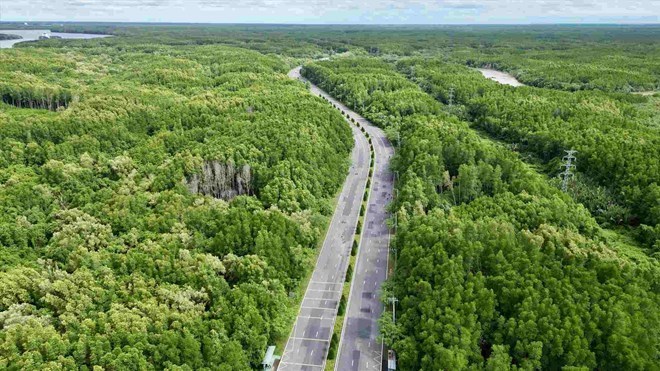
This metro line has a maximum speed of up to 350 km/h, designed as a double track, 1,435 mm in size.
The section across the Soai Rap River is expected to build a separate cable-stayed bridge, not going together with the Can Gio bridge. The enterprise is expected to start construction in the fourth quarter of 2025 and complete in early 2028.


